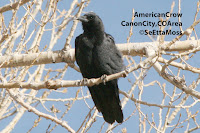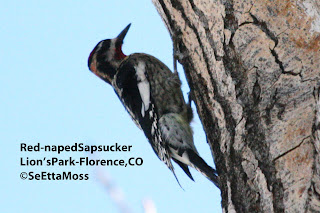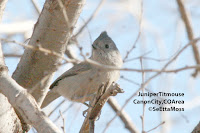(Washington, D.C., December 8, 2010) A new, peer-reviewed study report titled, Feral Cats and Their Management from the University of Nebraska—Lincoln, has put the annual economic loss from feral cat predation on birds in the United States at $17 billion. The report analyzes existing research on management of the burgeoning feral cat population – over 60 million and counting -- in the United States, including the controversial practice of Trap, Neuter, Release (TNR). “This report is a must read for any community or government official thinking about what to do about feral cats. It encapsulates the extensive research on this subject and draws conclusions based on that data. Not surprisingly, the report validates everything American Bird Conservancy has been saying about the feral cat issue for many years, namely TNR doesn’t work in controlling feral cat populations,” said Darin Schroeder, Vice President for Conservation Advocacy for American Bird Conservancy, the nation’...























